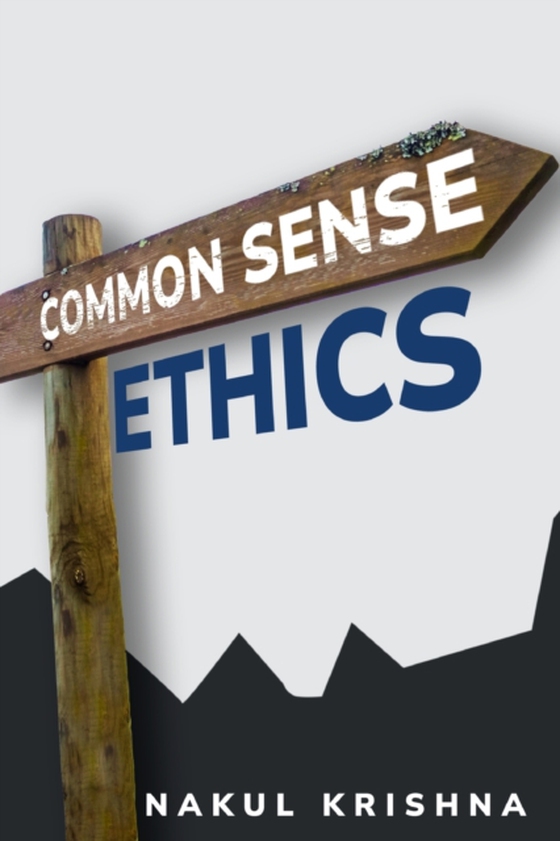
Bushmeat e-bog
192,94 DKK
(ekskl. moms 154,35 DKK)
In much of Central Africa, eating wildlife is seen as a normal, desirable and common-sense practice. Almost all wild animals, from the largest mammals to the smallest invertebrates, are hunted, traded and consumed, providing vital income and nutrition for millions of people. But as demand for bushmeat grows, animal populations are being decimated, directly impacting biodiversity, local economie...
E-bog
192,94 DKK
Forlag
Hurst Publishers
Udgivet
3 april 2023
Længde
256 sider
Genrer
Sociology and anthropology
Sprog
English
Format
epub
Beskyttelse
LCP
ISBN
9781805260738
In much of Central Africa, eating wildlife is seen as a normal, desirable and common-sense practice. Almost all wild animals, from the largest mammals to the smallest invertebrates, are hunted, traded and consumed, providing vital income and nutrition for millions of people. But as demand for bushmeat grows, animal populations are being decimated, directly impacting biodiversity, local economies and public health.Taking an interdisciplinary approach, Bushmeat explores questions ranging from deforestation and conservation strategies to infectious diseases, urban street food and law enforcement. It explains how the popularity of wild meat consumption has spread from rural areas into major cities, fuelled by rapid urbanisation, poorly defined regulations, and developing trade networks-whether small-scale and informal, or commercial and politically connected. While unsustainable hunting practices pose clear problems for wildlife conservation, they also increase the risk of rural food insecurity and of new infectious diseases emerging-as HIV, Ebola and Covid-19 have shown. But cultural attachment to wild meat, and its dietary importance for many communities, make the 'bushmeat crisis' difficult to solve.Based on extensive interviews and a comprehensive review of secondary literature, Bushmeatpresents a startling account of one of the Anthropocene's catastrophes in the making.
 Dansk
Dansk

